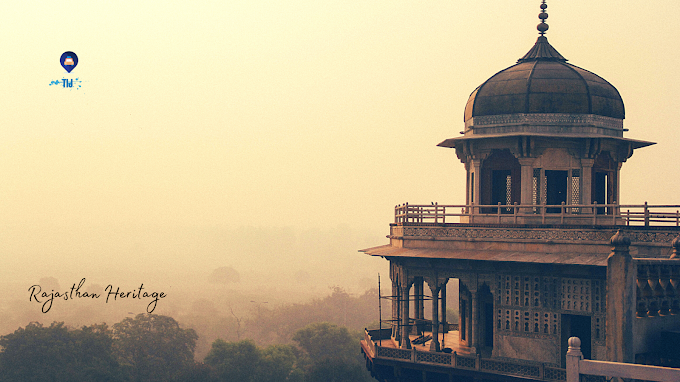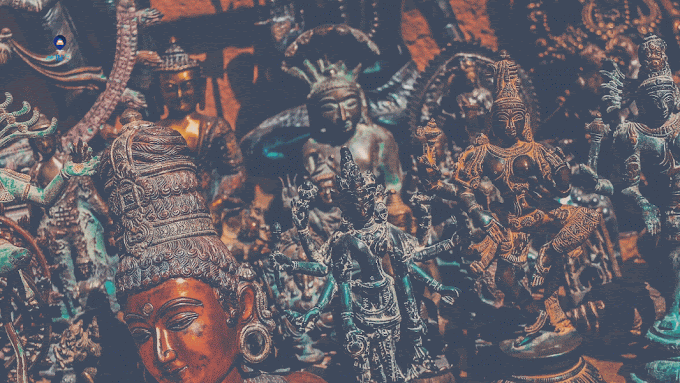Jaipur is the capital of Rajasthan which changed into based by using Maharaja Sawai Jai Singh II on November 18, 1727. Maharaja Sawai Jai Singh II changed into a Kachwaha Rajput who dominated Jaipur from 1699-1743. Prior to Jaipur, his capital was Amber that is 11 km away from Jaipur. With the increase of population, the king felt the need to shift the capital metropolis. Another reason to shift the capital turned into the shortage of water in the Amber region.
Jaipur is thought to be the first deliberate city of India and added that the king took lots of interest in designing this metropolis of victory. Several books on structure and numerous architects had been consulted before getting ready the layout of Jaipur town.
Jai Singh becomes concerned about the safety of the city and consequently, he utilized his scientific and cultural pursuits to construct it.
Cab Service in Jodhpur is the Best Way to Explore in Rajasthan the Mewar City.
Jaipur Traditional Historical facts
Vidyadhar Bhattacharya, a Brahmin pupil in Mathematics and Science from Bengal, assisted Jai Singh to lay out the town’s architecture. Vidyadhar cited ancient Indian literature on astronomy, books of Ptolemy and Euclid to be able to assist the king.
The creation of the metropolis began in 1727 and it took around four years for the crowning glory of the major palaces and roads. Principles of Vastu Shastra had been greatly observed while designing the town.
Jaipur city became divided into nine blocks two of which consisted of the kingdom buildings and palaces. The final seven blocks were allocated to most people to stay in. From the safety factor of view, huge walls had been constructed around the metropolis in conjunction with seven strong gates. It is thought that the architecture of the town changed into excellent at that point in the Indian subcontinent.
In 1878, the Prince of Wales visited Jaipur town. The entire city becomes painted with Pink color to welcome the prince. Since then, the call “Pink City” got here into lifestyles. Continuing the fashion and retaining the allure of the historic technology, all the country homes and ancient places of Jaipur city are painted with Pink shade.
Jaipur city is well-known for its structure and wealthy subculture -- sufficient to draw travelers from exceptional components of the globe.
Festival Facts In India
Gangour
Gangaur is one of the oldest and the maximum vital festivals of Rajasthan. It is widely known in all the districts of the nation with the same exhilaration. “Gangaur” actually a method of the union of Lord Shiva and Goddess Parvati. The competition is all about worshipping Goddess Parvati. Married women pray to the goddess for the prosperity of their husbands at the same time as unmarried women pray to get a very good husband in the future.
Gangaur festival is celebrated within Chaitra Month (March) every year. According to the Hindu calendar, this month begins the New Year for Hindus. This month also marks the give-up of the wintry weather season and the start of summers.
Gangaur is an 18-day festival and is well known with complete zeal and excitement via the local community. Females observe Mehndi on their fingers and palms and put on stunning and vibrant colored garments.
A “Juloos” (procession) of Gangaur begins from the Zanani-Deodhi of the City Palace and is going to numerous elements of the city and concludes at a place close to Talkatora. The “Juloos” contains of bullock carts, chariots, old palanquins, and so on.
Teej Festival In Jaipur
Teej is any other essential competition of Rajasthan. It is much like Gangaur wherein the ladies worship Goddess Parvati and pray for the nicely-being of their husbands. This pageant consists of folks dance performances by using the girls. Folk songs also are sung at this event.
Ladieswear new - “layers” revealed - clothes and enhance themselves with quite a few jewelries. They collect at a not unusual area and pray to the goddess. Swings are tied throughout the bushes and the women swing to welcome “Sawan”.
Elephant Festival
As the name indicates, this competition is all approximately adorning elephants. This festival is celebrated on the overall moon day of Phalgun Poornima within the month of February/March.
It is widely known on an afternoon before Holi. Lord Ganesh is worshipped on this occasion.
For this celebration, elephants are pleasantly prepared and dressed with excellent and weaved velvet ground coverings and parasols, and other overwhelming adornments like large elephant gemstones and anklets decked with bells.
Complicated standard Indian motifs are then painted on their our bodies. Their tusks are jeweled up by embellishing them with gold and silver wrist trinkets and rings.
Stay Tuned.






0 Comments